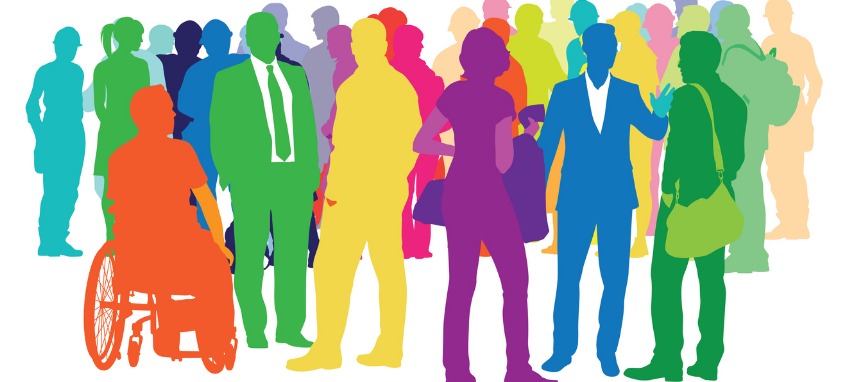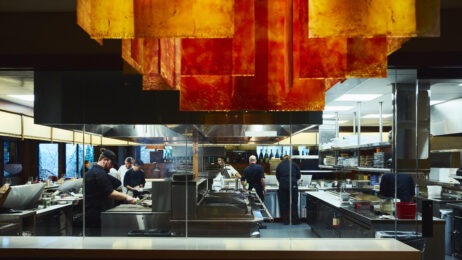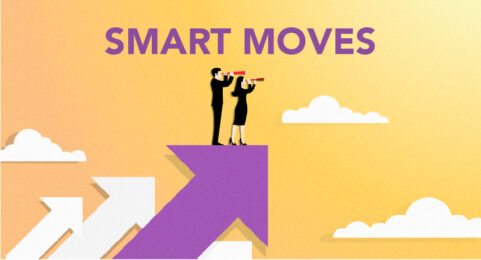In the coming year, you’ll be working even harder to make everyone feel welcome. And that’s a good thing: Studies have repeatedly shown that more voices in the conversation make for more profitable companies. But how, exactly, to accommodate all points of view can feel more like an art than a science. Smart Meetings talked to leaders in the diversity and inclusion movement in 2018 to find out what strategies can help planners create a really big tent.
Initiating Active Listening
The first step toward accommodating a need is asking attendees if they require any special arrangements. Jessica Pettitt, author of Good Enough Now, reports that many planners ask about dietary requirements or physical needs on registration forms, but then don’t do anything about them. She suggests formally communicating those requests to vendors and then following up with the requesters during the event to make adjustments before it is too late.
Recognizing the Unthinking Reactions
PCMA CEO Sherrif Karamat would like to see the meetings industry act as model for how inclusion can be integrated into the workplace, the expo floor and the conversation. When he launched Ascent CEO Promise campaign in May, he pointed to unconscious-bias training as a first step toward making diversity a priority.
Association for Women in Events (AWE) also called for a more inclusive industry. Cofounder Carrie Abernathy suggested taking a deep breath before side-stepping biases that may play a role in decision-making.
Moving on to #UsToo
The #MeToo movement against sexual harassment that washed over the country in 2018 is morphing into a call for making all forms of discrimination against anyone a thing of the past—especially at events. Jeffrey Frankel, vice president of marketing at Traliant, stressed the role of senior executives in setting a respectful tone and developing appropriate anti-harassment policies.
Enabling a More Accessible Events World
Making the world more welcoming for those with disabilities of any kind often starts with opening people’s eyes to the needs in their own community. Beth Knox, president and CEO of 2018 Special Olympics USA, shared her story about how she planned an event for 4,000 athletes with special needs that opened people’s eyes to their stories—and funded nonprofits that helped to create jobs for this vulnerable population. Her focus was on creating a legacy of inclusion that could live beyond the closing ceremonies of the event.
Not all changes have to be on a grand scale. Matt Sterling, a former hospitality consultant, shared the little things planners and hoteliers can do to ensure that those in wheelchairs are not blocked from participating fully in events—tips that will serve hospitality professionals well in the coming years.




